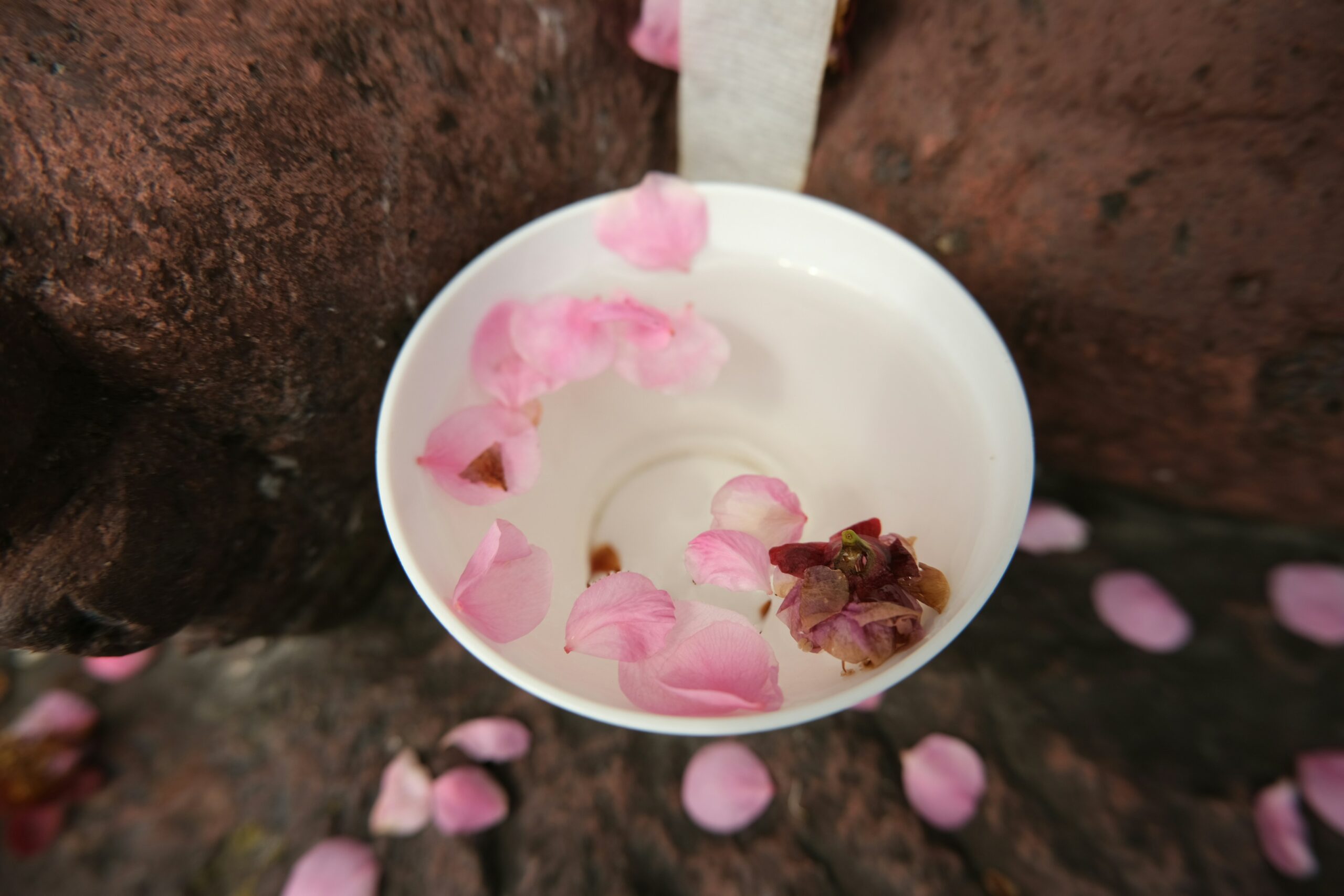Your cart is currently empty!
Global Tea Artisans Preserve Terroir Through Delicate Flower Infusions

From the mist-shrouded high-ground terraces of Sri Lanka to the arid rose valleys of Morocco, a quiet global industry is transforming transient blossoms into highly refined teas, mapping the world’s most distinctive landscapes into a single cup. This ancient fusion of flora and tea leaf, far exceeding simple herbal blends, requires a rare synthesis of specific microclimates, agricultural patience, and ritualistic human craftsmanship, resulting in products that convey the unique geography and culture of their origin.
These “flower teas” represent distilled moments, capturing the ephemeral beauty of a specific season or time of day within the dried petals and leaves. The process, often demanding meticulous hand-harvesting and multi-night scenting, dictates the remarkable complexity and scarcity of the final product.
The Art of Capturing Ephemeral Fragrance
Across Asia, specific techniques have evolved to introduce floral aroma without overwhelming the tea’s fundamental character.
In Fuding, China, the birthplace of classic jasmine tea, the process demands working strictly under the cover of night. Jasmine flowers are picked before full bloom, typically in the late afternoon, and then layered with green tea leaves inside specialized scenting houses. Because the jasmine blossoms solely emit their fragrance at night, the leaves absorb the heady perfume over many hours. This laborious layering and re-layering process—repeated up to ten times for the highest-grade teas—is a testament to slow, natural infusion. The resulting beverage offers a luminous lightness that connoisseurs describe as moonlight distilled.
A similar dedication to timing defines the harvest of osmanthus in Hangzhou, China. Autumn here brings tiny, rice-grain-sized osmanthus blossoms with a rich, apricot-like scent. Collectors gently shake the branches onto bamboo mats, ensuring the subtle fragrance of the flowers is absorbed by the accompanying tea leaves, creating a sweet, reflective brew that embodies the mellow season.
Altitude and Tradition Define Unique Global Blends
The requirements for producing these exquisite teas extend beyond typical tea-growing regions, often seeking out extreme altitudes or particular environmental conditions.
In Nuwara Eliya, Sri Lanka, high-altitude gardens above 1,800 meters utilize cool mist and slow air-drying techniques to preserve the integrity of unique flowers like blue lotus and calendula. This altitude acts as a natural ingredient, lending a clean, remarkably subtle sweetness and briskness to the infused tea leaf.
Meanwhile, tradition defines floral tea in Kyoto, Japan. Sakura tea, made from cherry blossoms, is an expression of the nation’s reverence for the brief spring bloom. Harvested petals are salted and dried, which maintains their delicate pink hue and imparts a soft, lightly saline flavor. Served at special occasions, this tea is a ritual, allowing the drinker to experience the flavor of a fleeting season.
Regional Specialties Highlight Diverse Terroirs
The practice spans continents, adapting to highly localized floras and climates:
- Marrakech, Morocco: The renowned Valley of Roses yields Damask rosebuds harvested at dawn before the desert heat diminishes the scent. The quick shading and drying preserves the fragrance, embodying the essence of a tranquil desert morning.
- Northern Vietnam: Lotus tea is created by placing green tea directly inside the massive lotus blossoms at night. As the flower closes, the petals slowly scent the small batch of leaves, producing an exceptionally rare, creamy, and gentle infusion.
- Southern Taiwan: Producers in Nantou County use traditional techniques to layer large, creamy magnolia and gardenia blossoms with tea leaves in wooden boxes, allowing the fog-softened humidity to facilitate a slow, natural saturation of scent.
These floral teas emphasize that the world’s most luxurious and complex flavors are often the result of patience, precise timing, and a deep respect for natural rhythm. Each meticulously crafted cup offers more than mere hydration; it provides a profound sensory connection to the geography, ecology, and human history of its origin. As climate patterns shift, the preservation of these delicate, geographically specific traditions becomes increasingly crucial for maintaining the diversity of the global tea landscape.